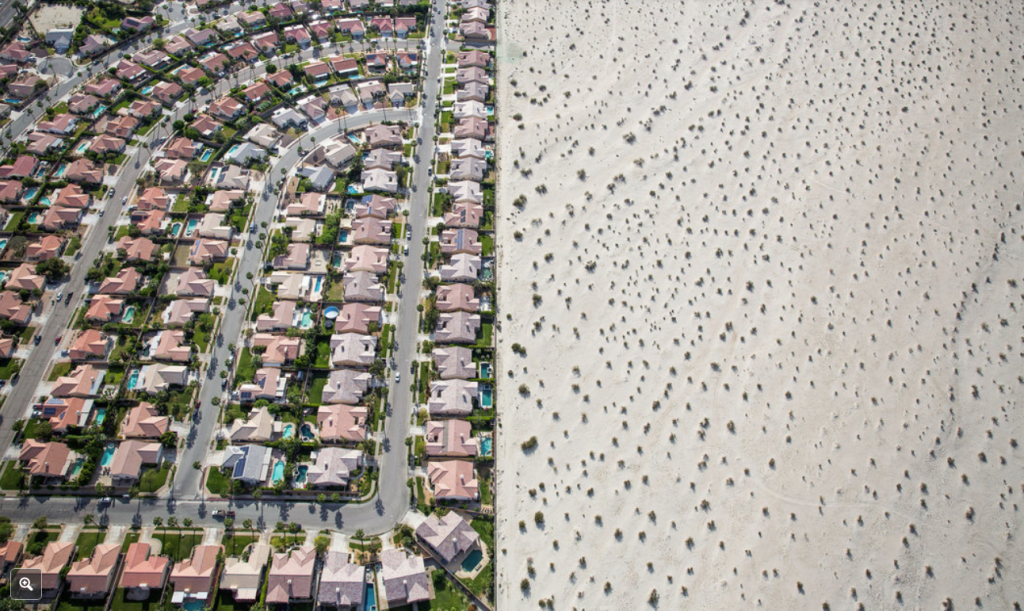It is commonly believed that the photograph is a limited medium that can only record the present. Without the capacity of time travel we cannot return to the past to record it as it actually was, nor can we stretch into the future to see what will be in a subsequent moment of time. Words—and even methods of non-photographic visual representations such as painting—don’t seem to face the same restrictions as they appear to allow greater reach to the imagination to recreate a bygone era or to envision what the world might become. But the photograph is tied to the here and now with little more than the recognition that at some future moment in time the present that it indexes will mark a past. It can only record what “is” not what “was” or “will be.” We may take pictures to satisfy a future memory as to what was, but the camera, we believe, cannot exceed the moment at which the shutter opens and closes.
There is of course an element of truth to this set of assumptions, but they rely upon such a narrow conception of the relationship between reality and imagination that it may be worth our effort to reconsider the possibilities. The photograph above graced three quarters of the front page of the NYT above the fold this past Sunday (4/5/15) as part of a story reporting on the implications of the California Governor’s executive order that citizens cut water consumption by 25% in response to the drought that is now in its fourth year with no indication of ending. At first glance it appeared to be a diptych—two distinct images or plates that reflect upon one another even as they constitute a distinct whole—but reading the caption makes it clear that this is not a diptych but rather a single, aerial photography of a “lush” housing development that “abuts” a “bone dry desert.” And the question is, what do we see?
California has long been understood as the land of opportunity, the high mark of modern progress with a population that continues to grow and the seventh largest economy in the world. And the quality of life is, if not fully luxurious, at least generally among the highest in the nation. Not everyone lives in a housing development like Cathedral City, but many do and it surely underwrites the ethos of the California Dream. Look carefully at the image and you will note that each house not only sports a rich and verdant lawn, but that many of the homes feature swimming pools that consume hundreds of thousands of gallons of water a year. Hundreds of thousands of gallons of water in a state where the lakes are drying up and fields are increasingly laying fallow. And yet for all of that, the reaction by some ranges from incredulity to outright resistance. So, the NYT reports on one resident who insists, “I’m not going to stop watering.… The state does not know how to arrange the resources they have, and so we have to pay for it.” The allure of unfettered progress remains strong, and yet the right half of the photograph is a telling landscape of one possible future if we follow the lead of this one resident.
Can photographs show the future? If we assume that all a photograph shows is the literal world that it indexes and no more, then, of course, the answer is no. But as with the photograph above the reality on display is much more complex than a fundamentalist literalism would allow. And what we see is not just a world that has managed to sculpt nature to accommodate its own pleasures, with lush lawns and luxurious swimming pools in a desert climate ill-fitted for either, but what that world may well be destined to if wiser heads do not prevail. And in this context a photograph can well put the future on display.
Credit: Damon Winter/NYT

The right half might also show the past, that would make it a more optimistic image. But it might also show the past and the future, making clear that our human presence on this earth might be of the passing kind if we are not careful in handling this earth.